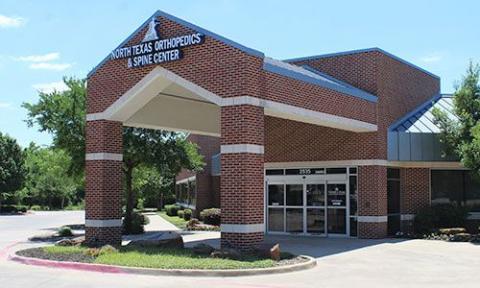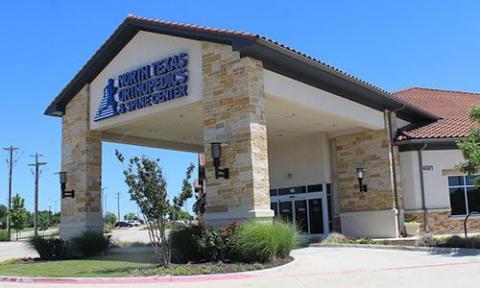Dupuytren’s contracture is a condition that causes the fingers to bend toward the palm due to the thickening and tightening of tissue under the skin. This tightening is caused by contracted cords in the fascia, making it difficult or impossible to fully extend the fingers. While this condition can significantly impact hand function, there is a minimally-invasive treatment available: needle aponeurotomy. This office-based procedure helps straighten the fingers by cutting the contracted cords, restoring range of motion and improving quality of life.

Dupuytren’s contracture is a progressive condition that affects the connective tissue under the skin of the palm and fingers. Over time, fibrous cords develop, pulling one or more fingers into a bent position. The condition often affects the ring and pinky fingers, though it can impact any finger.
The exact cause of Dupuytren’s contracture is unknown, but it is more common in people of Northern European descent, men over 50, and individuals with a family history of the condition. Risk factors such as diabetes, smoking, and excessive alcohol consumption may also contribute to its development.
Needle aponeurotomy is a minimally-invasive, non-surgical procedure performed in a doctor’s office to treat Dupuytren’s contracture. It involves using a small needle to cut and release the contracted cords causing the fingers to bend. By severing these cords, the tension is relieved, allowing the affected fingers to straighten and regain better functionality.
Unlike traditional surgery, needle aponeurotomy does not require incisions, stitches, or lengthy recovery periods. It is an ideal option for individuals seeking a less invasive approach with faster results.
Needle aponeurotomy is typically performed under local anesthesia to numb the area and ensure patient comfort. The process involves the following steps:
The procedure usually takes 30 to 60 minutes, depending on the number of affected fingers.
This procedure requires no incisions, reducing the risk of complications such as infection or scarring.
Most patients can resume normal activities within a few days, making needle aponeurotomy an excellent option for those with busy schedules.
Patients often notice an immediate improvement in finger mobility following the procedure.
Needle aponeurotomy is performed in a doctor’s office, eliminating the need for hospital stays or extensive pre-operative preparation.
Needle aponeurotomy is most effective for individuals with mild to moderate Dupuytren’s contracture. It is especially beneficial for patients who:
However, this procedure may not be suitable for individuals with advanced Dupuytren’s contracture or extensive cord involvement. A consultation with a healthcare provider is essential to determine the best treatment option.
The recovery process for needle aponeurotomy is typically quick and straightforward. Following the procedure:
Most individuals can return to normal activities within a week, with full recovery occurring over several weeks.
While needle aponeurotomy is a safe and effective treatment, there are potential risks, including:
Patients should discuss these risks with their healthcare provider to make an informed decision about treatment.
Needle aponeurotomy is an innovative, minimally-invasive procedure that offers a convenient and effective solution for Dupuytren’s contracture. By cutting the contracted cords responsible for bent fingers, this procedure helps restore hand function and improve quality of life. If you’re experiencing Dupuytren’s contracture, consult with a healthcare provider to determine if needle aponeurotomy is the right treatment for you. With its quick recovery time and immediate results, it’s an excellent option for individuals seeking a non-surgical approach to manage this condition.
See why our patients love our physicians, quality of care, and amazing results.
*Based on Independent Market Research


© 2024, North Texas Orthopedics & Spine CENTER. All rights reserved.